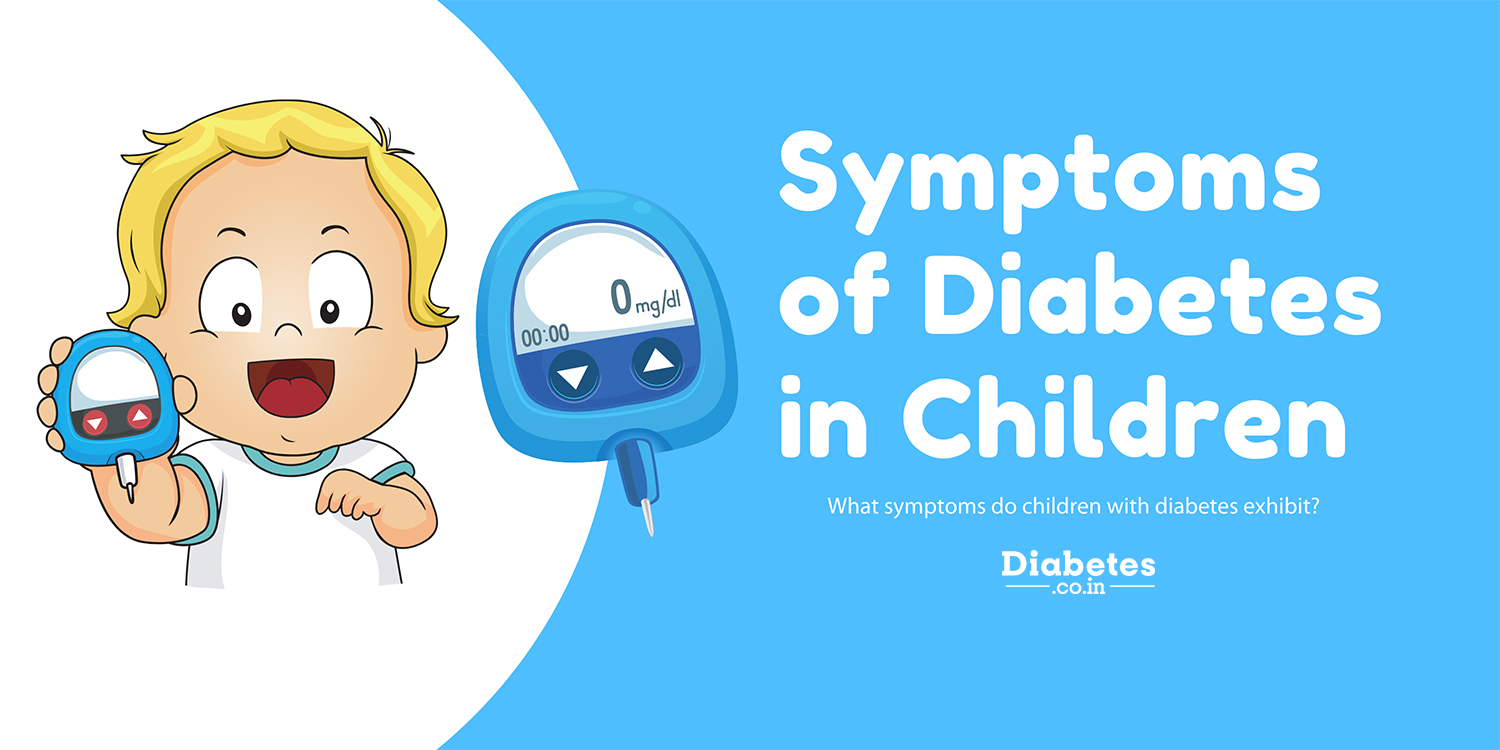In earlier days, all the cases of diabetes mellitus in children were considered type 1 diabetes mellitus, but nowadays, the number of children with type 2 diabetes mellitus is increasing alarmingly.
 As the mechanisms for diabetes development is different in type 1 and type 2, there is some difference in symptoms as well.
Let’s see the common symptoms first, and then we will have a look at the differences.
As the mechanisms for diabetes development is different in type 1 and type 2, there is some difference in symptoms as well.
Let’s see the common symptoms first, and then we will have a look at the differences.

One of the main reasons for this is the change in lifestyle (increased food intake and decreased activity levels) and increasing levels of obesity in children.
 As the mechanisms for diabetes development is different in type 1 and type 2, there is some difference in symptoms as well.
Let’s see the common symptoms first, and then we will have a look at the differences.
As the mechanisms for diabetes development is different in type 1 and type 2, there is some difference in symptoms as well.
Let’s see the common symptoms first, and then we will have a look at the differences.
- Frequent urination - is a common symptom of diabetes mellitus, but is commonly missed too. Children may not notice it or may not tell about it to their parents. Bedwetting by a child who used to be dry at night earlier can be an indicator of diabetes mellitus.
- Excessive thirst and hunger - is another common symptom but usually goes unnoticed unless severe.
- Extreme fatigue - is commonly noticed symptom. But because many other illnesses may cause it, it doesn’t direct towards diabetes immediately, and it can delay the diagnosis.
- Weight loss despite good appetite - is another feature of diabetes, more commonly noticed in type 1 diabetes mellitus.
- The blurring of vision is also complained of by some children.
- Frequent urinary and skin infections are also suggestive of diabetes mellitus.
- Poor healing of skin wounds/cuts may be seen in children with diabetes.

Symptoms of Type 1 Diabetes in Children
Because of the almost complete lack of insulin in children with type 1 diabetes mellitus, the symptoms are usually pronounced in them. Apart from these, children with type 1 diabetes mellitus (diagnosed or not diagnosed) sometimes present with pain in the abdomen, nausea, vomiting, shortness of breath, which are suggestive of diabetic ketoacidosis (DKA).Diabetic ketoacidosis (DKA) is a serious condition requiring intensive care unit (ICU) admission and management.